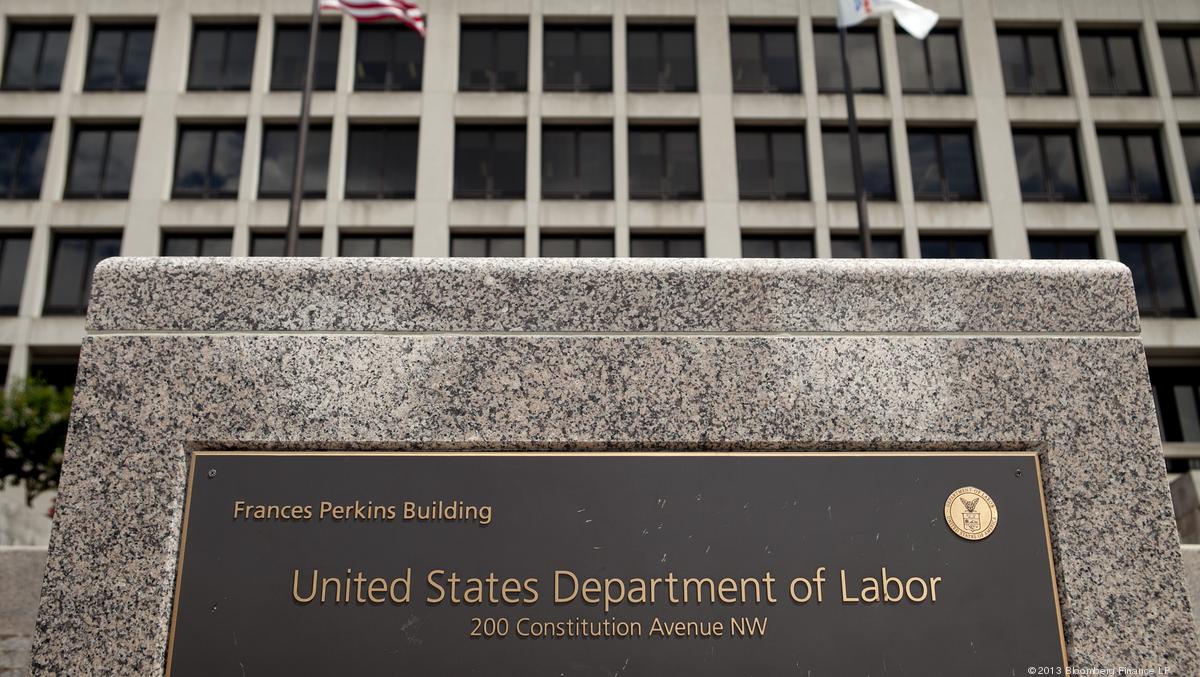U.S. Department of Labor Looking to Set Limits to ESG Investing in Retirement Plans
As ESG awareness is scaling up rapidly among both retail and institutional investors, and demand grows on the part of clients for investment managers to embed sustainability considerations into the investment process, the U.S. Department of Labor (DOL) appears to be swimming against the tide. The DOL announced this week a proposed rule to update the Department’s investment duties regulation, that would put stricter limits on ESG investing in private employer-sponsored retirement plans.
Explaining the new proposed rule, Secretary of Labor Eugene Scalia, said:
“Private employer-sponsored retirement plans are not vehicles for furthering social goals or policy objectives that are not in the financial interest of the plan. Rather, ERISA plans should be managed with unwavering focus on a single, very important social goal: providing for the retirement security of American workers.”
The primary purpose of the new rule is to ensure that plan fiduciaries focus on financial objectives in their decision-making process, and not sacrifice performance for non-financial considerations. Specifically, the new rule would “make clear that ERISA plan fiduciaries may not invest in ESG vehicles when they understand an underlying investment strategy of the vehicle is to subordinate return or increase risk for the purpose of non-financial objectives,” according to a DOL statement.
This proposal would appear to be somewhat at odds with recent statements from large investors like BlackRock and State Street, that imply that the line between sustainability and fiduciary duty are blurring, due to the emerging risks caused by issues such as climate change.
According to Acting Assistant Secretary of Labor for the Employee Benefits Security Administration Jeanne Klinefelter Wilson, “Providing further clarity on fiduciaries’ responsibilities in ESG investing will help safeguard the interests of participants and beneficiaries.”
Click here to see the DOL statement, outlining the proposed additions to the regulation.





